Affiliate links on Android Authority may earn us a commission. Learn more.
Throwback: When Samsung had terrible design
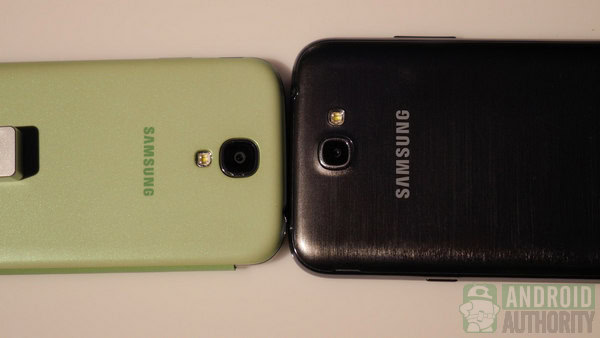
Samsung is a leader in Android smartphone design. The company makes high-end devices that deserve their asking prices. It isn’t afraid to try new innovations, and after many lessons it’s also careful not to alienate fans. The Galaxy S9 phones introduced plenty of new features, but it also took the wants of consumers into account. It retained a headphone jack, moved its fingerprint sensor to a more sensible spot, and offered fast wired and wireless charging — all without a notch.
However, the Galaxy S9 is only the latest in a very long line of Galaxy devices. Including the Galaxy S, A, and J lines, more than a 100 Galaxy devices have come out (plus the tablets), many of which didn’t exactly have stellar designs. The company’s phones may be great now, but we don’t have to look back very far to remember when they weren’t.
Back before smartphones, Samsung was a largely anonymous South Korean industrial conglomerate, making giant cargo ships, tanks, TVs, washing machines, and just about everything else. It still does all that now, it’s just slightly less anonymous.
Samsung Electronics, as part of that conglomerate, was a true original equipment manufacturer (OEM), making inexpensive parts for other companies. From 1993 to 1996, the company changed direction, as then Samsung Group chair Lee Kun-Hee pushed for it to become an innovator. In 1995, he and his board famously destroyed Samsung-produced devices in front of thousands of employees to hammer home his dissatisfaction with device quality. In 1996, Kun-Hee made some fascinating and prescient statements about design in the future, declaring “the year of design revolution,” and starting the company on the path to becoming the leader it is today.
Samsung made plenty of odd design decisions on the road to success. Some we loved, some were just ahead of their time, and some were downright bad.
The first Galaxy
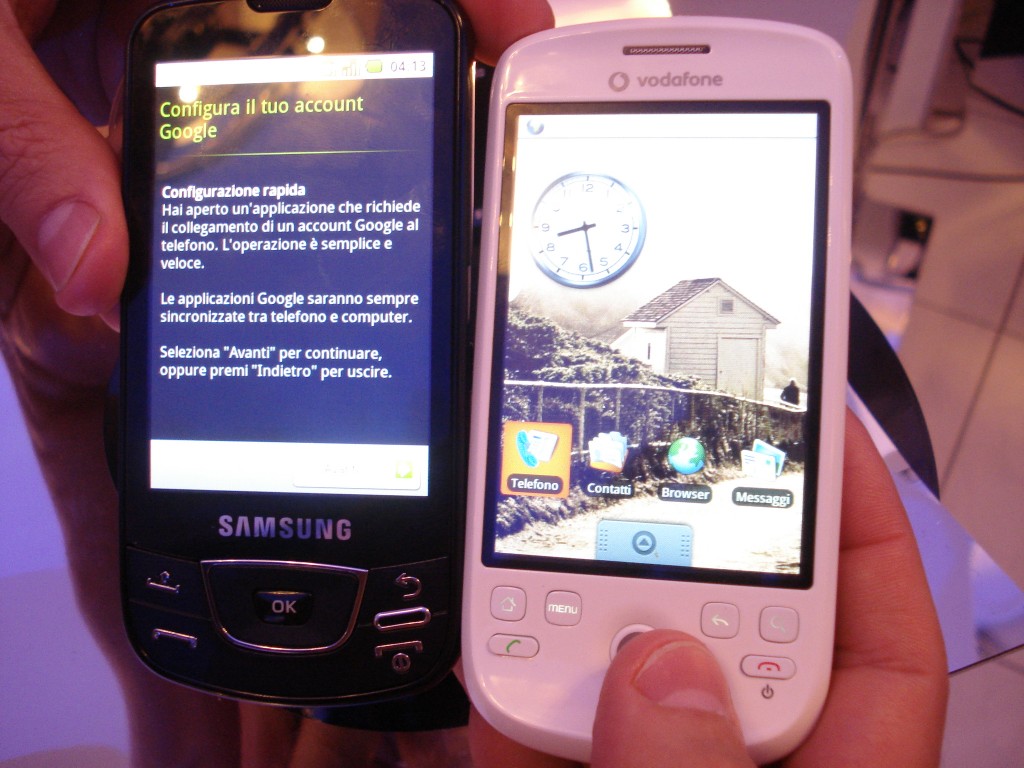
In 2009, Samsung released the Galaxy i7500. It was the company’s first Galaxy phone and its first Android device. It had an OLED touchscreen, ran Android 1.5, had appalling battery life, and a monstrously bad lock and unlock screen mechanism. Truly, bad design is more than about looks.
Early Galaxy Note
The early Samsung Galaxy Note phones introduced larger screens, something Apple fans (and Steve Jobs) scoffed at. It was a win for Samsung, but the designs lacked a premium look and feel. The phones’ shiny plastic backing was widely criticized at the time. It looked and felt cheap, and it was slippery.
The first Note got a bit of a pass for being a brand new product, but the Note 2 and the S2 were more strongly criticized for continuing the trend, with a new just-as-slippery design and a display that even attracted more fingerprints in some styles.
![Samsung Galaxy Note 2 [aa] (41)](https://www.androidauthority.com/wp-content/uploads/2012/10/Samsung-Galaxy-Note-2-aa-41.jpg)
As CNET put it:
“Samsung unabashedly carries on its plastic tradition in the face of rivals that have much more premium-looking, and possibly heartier, build materials. Though attractive, the Note 2 wins no awards for construction, and the highly reflective surfaces sometimes bounce back light in distracting ways.”
Samsung was constantly compared to Apple. Even when the phones’ specs met or exceeded expectations, many felt the Korean company was always a step behind in design. These were the bad old days of iPhone versus Android, before Android was as polished as it is now and Apple started making increasingly strange design decisions.
Samsung Galaxy Note 3
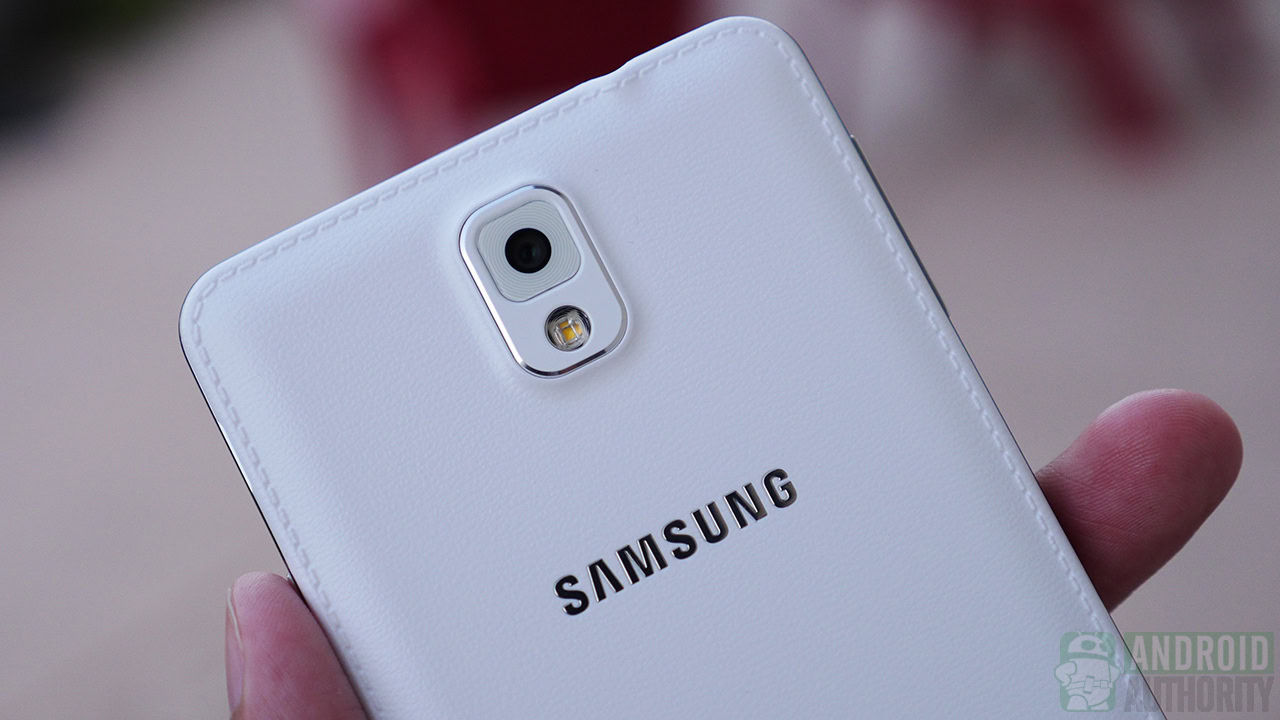
The Samsung Galaxy Note 3 came with a faux-leather back, complete with fake stitches. It was Samsung’s response to criticism of the slippery, glossy plastic of previous phones and the decision proved divisive. The soft feel was pleasant enough, and it reminded people of a leather-bound portfolio.
Some people still remember the phones fondly. As Android Authority‘s own Bogdan Petrovan put it, “those phones felt better in hand than they looked. I actually enjoyed it in-hand. In comparison with the iPhones, though, they looked shitty.”
The Note 3 just wasn’t premium enough. The white version was particularly gaudy, aged poorly, and added little class to the polycarbonate backing. That became even more clear when the HTC One (or M7) launched with a beautiful all-metal body that showed forward-thinking, timeless design. The OnePlus One also entered the market around this time, showing a plastic body and case that looked and felt much more premium than anything Samsung offered.
Samsung Galaxy Oddities
In between flagship releases, Samsung used to release devices with interesting (often gimmicky) concepts.
There was the Samsung Galaxy Camera, a novel Android-based attempt to combine a fully featured camera and smartphone. It sadly only produced average photos, had dreadful battery life, and was very weird to use as a phone, especially because you couldn’t make calls.
A friend of mine bought this thinking it was a two-in-one. It ended up being more half of one and almost zero of the other.
The Samsung Round came out just ahead of the LG G Flex. It was curved from side to side, instead of the top-to-bottom curve of the G Flex. The LG style won out as a better device. Though Samsung swore the phone was more comfortable to keep in your pocket, it didn’t really improve the phone experience. At the time, we recommended avoiding it. On the bright side, the device showed off Samsung’s technology and manufacturing skill.
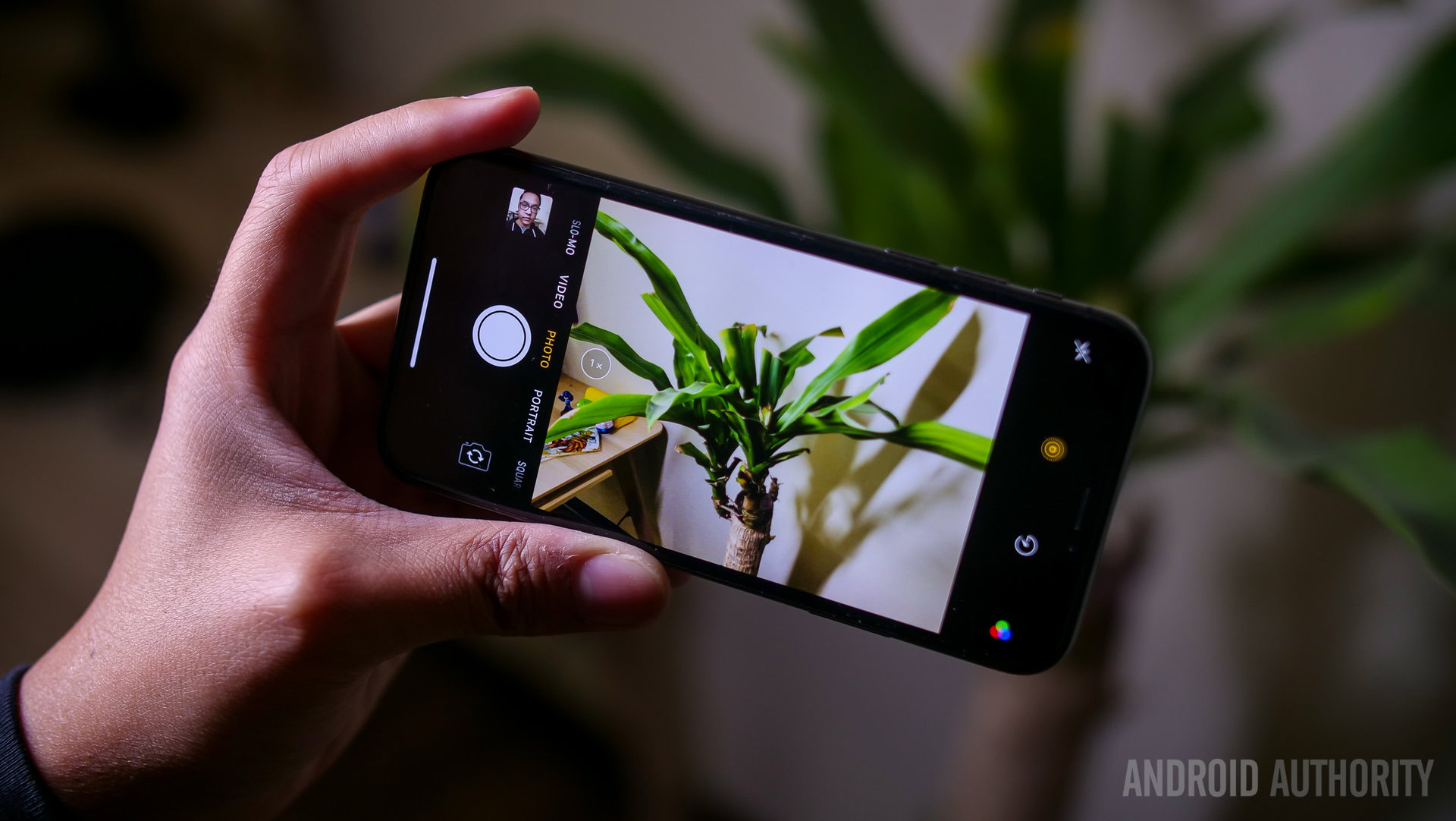
At MWC 2012 Samsung showed off the Samsung Galaxy Beam, an Android phone with an integrated projector. It had pretty limited specs, but offered an nHD pico projector with a resolution of 640 x 360 and a 15-lumen brightness.
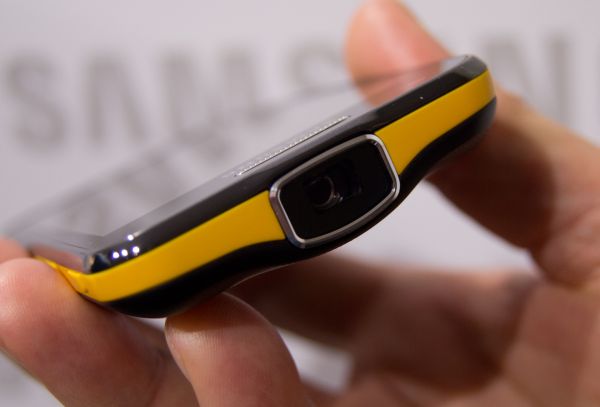
On paper, it was an interesting concept that kind of made sense. In practice, it was poor quality, dull, and failed to really catch on, despite plenty of interest. The concept sounded good, but brightness and battery life were big issues.
Samsung Galaxy S5
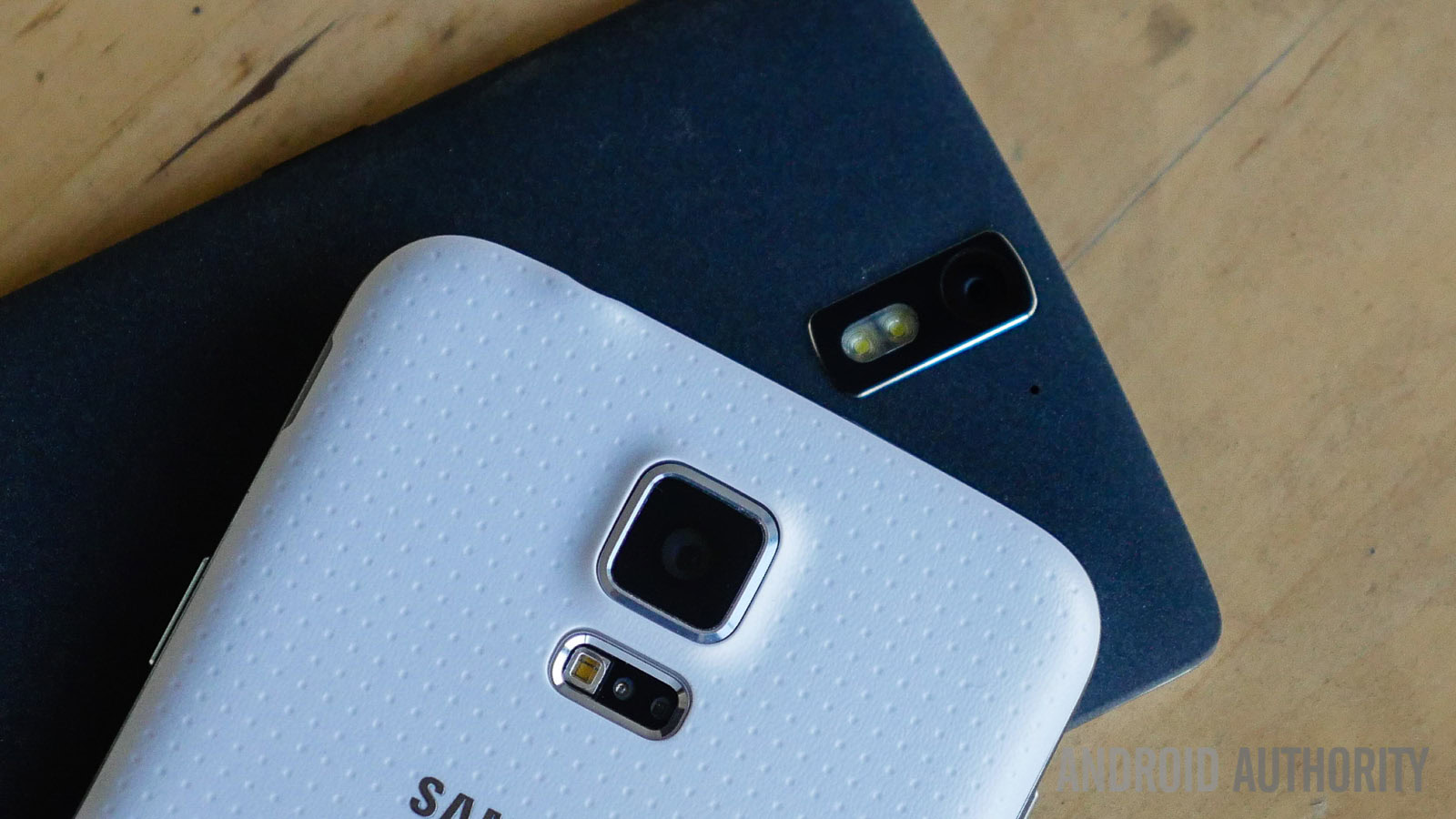
The S5 design was so bad that it forced Samsung to change everything
The design was hammered. It was so bad Samsung’s designers came out and explained their choices. Three senior product designers spoke to Engadget about it:
“If we used metal, we felt the designs felt heavy and cold. But with plastic, the texture is warmer. We believe users will find the device both warmer and friendlier. This material was also the best at visually expressing volume, better at symbolizing our design concepts”
Read Next: Two big reasons why you should still consider the Samsung Galaxy S5
Despite all the apparent warmth and friendliness, the phone tanked and forced a big change at Samsung. Though previously hailed as Samsung’s Jony Ive, Samsung designer Chang Dong-hoon offered to resign. He was kept on, but shuffled away to lead design strategy.
That shift was at least one catalyst for the Samsung smartphones we know and enjoy today. The following flagship releases, the Galaxy S6 and S6 Edge, represented a big shift in design. The phones boasted a classy metal and glass design, and debuted the Edge display, which now defines both the Galaxy S and Note designs.
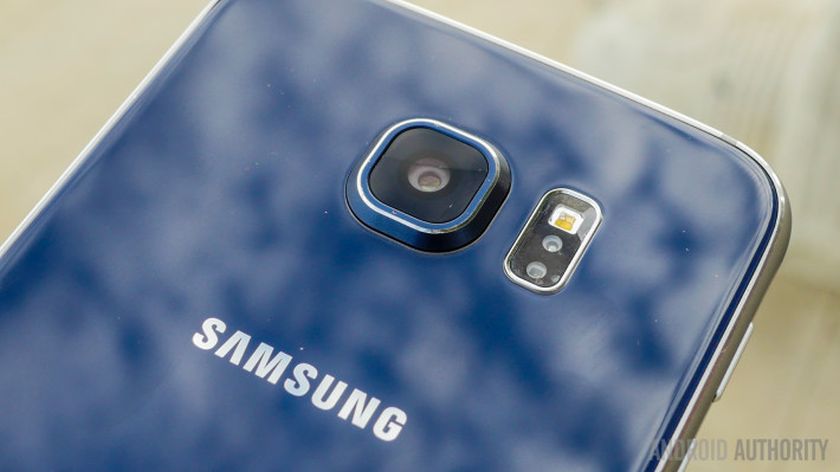
The cost of that design was plain. It had no waterproofing, no replaceable battery, and no expandable storage, which wasn’t necessarily what enthusiasts wanted. Nevertheless, the S6 was a big moment — it raised the bar for Samsung’s design looks.
The new Samsung
From the S6 on, Samsung’s design prospered. Its biggest recent design problem was arguably the too-high placement of the fingerprint sensor on the S8. Samsung told the media the battery prevented it from being put below the camera, but whatever issue it had, the S9 fixed that mistake.
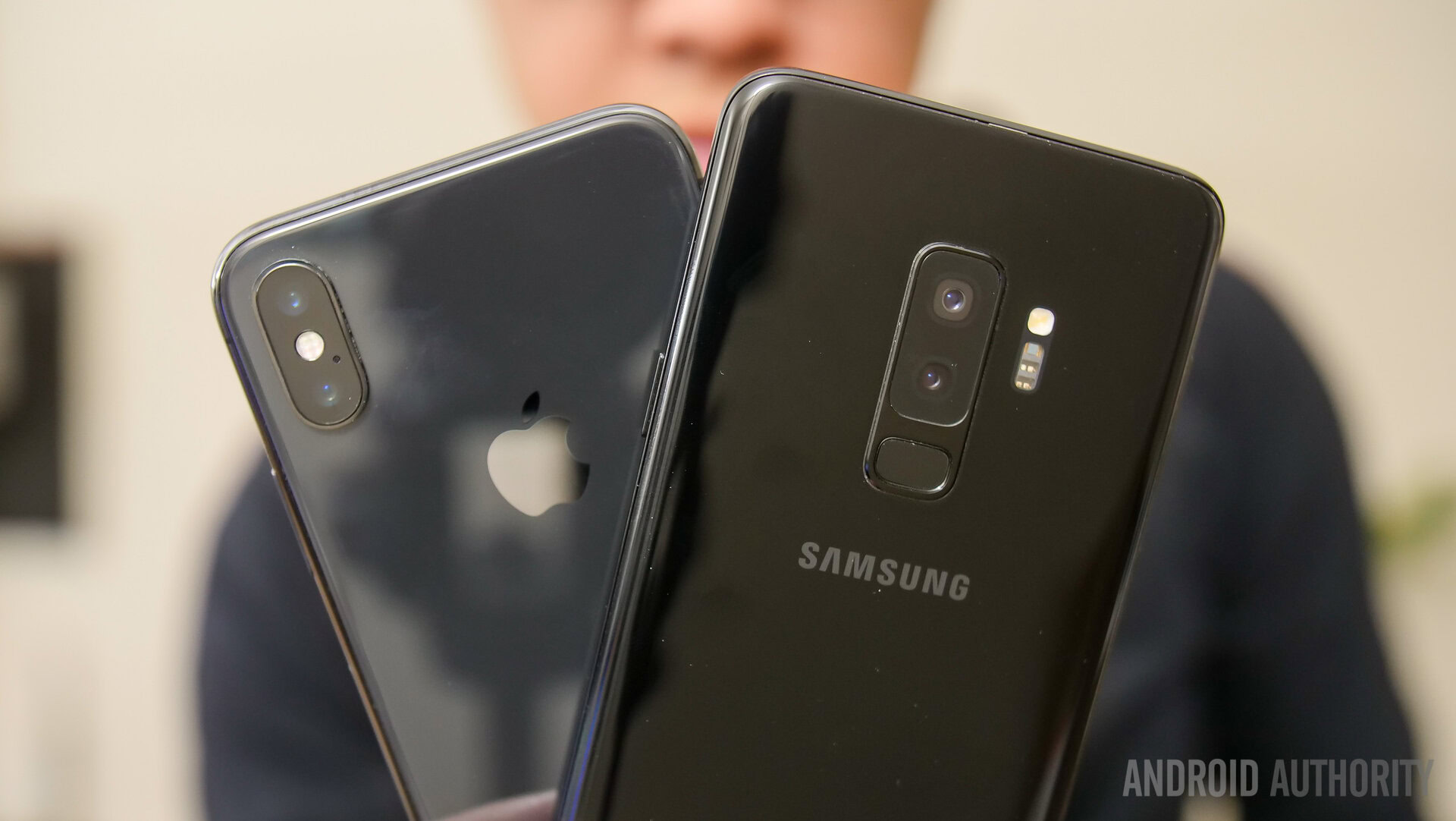
Many of Samsung’s bold design choices have worked since those early, mediocre days. Its large screens, the adoption of the now widely copied glass-aluminium-glass construction, and its Edge design have defined the company’s best phones. Samsung arguably forced Apple to adopt larger screens in the iPhone, and pressured the company to make a risky decision with the iPhone X.
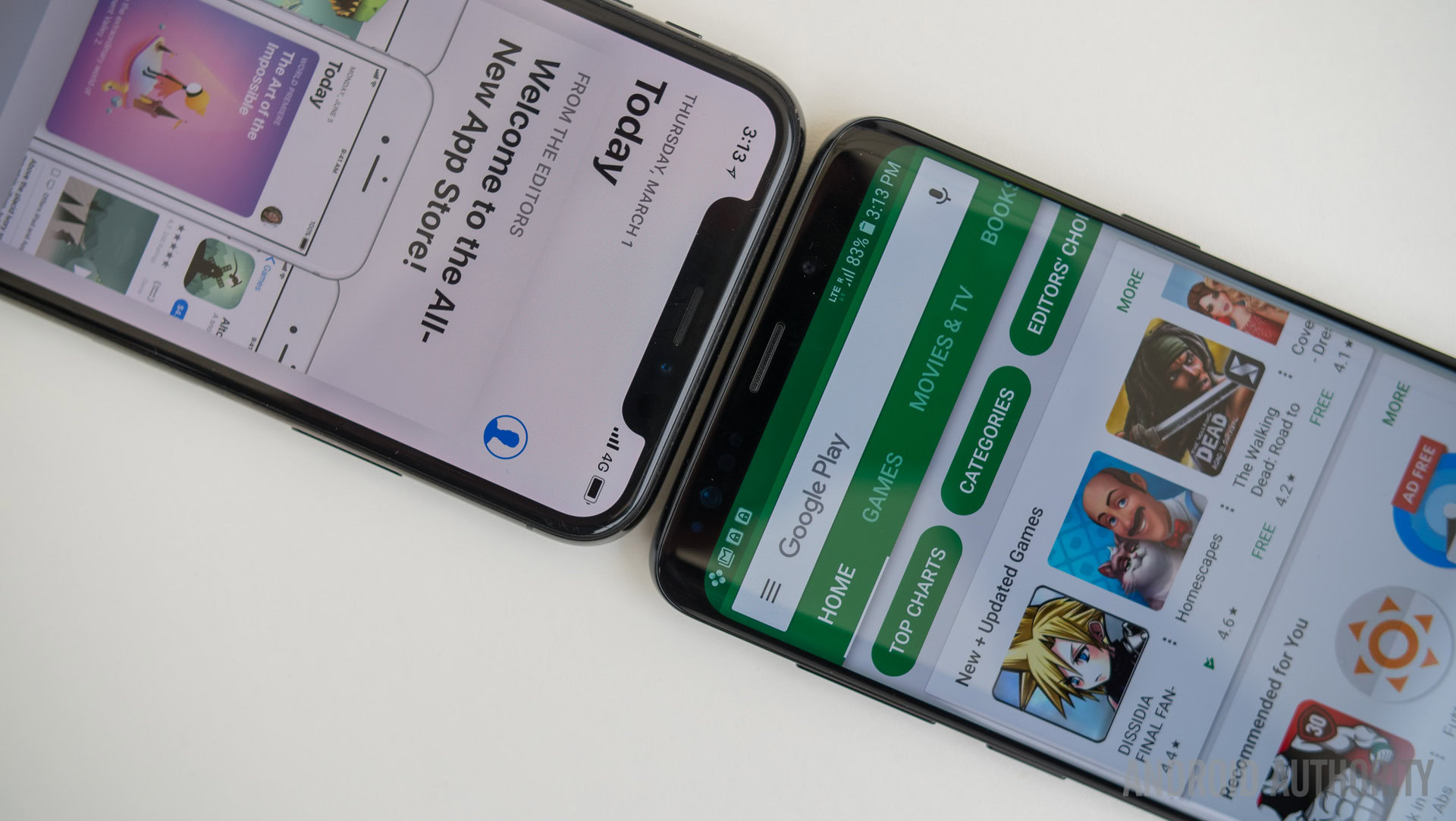
Few inside Apple would seriously claim the iPhone X notch was a wonderful design. The choice of function over form was a rare stumble for Apple, and now Samsung’s perfectly positioned to one-up it properly with the next-generation of Galaxy S or Note devices.
This climb hasn’t been cheap for Samsung. Apple’s Industrial Design group is a tight-knit team of 20 that’s worked together for decades. Samsung Electronics had more than 1,600 designers across 34 design centers at last count. Of course, the company produces a far greater range of products than just smartphone, but pound-for-pound, it’s been a much tougher road for Samsung.
Most would agree it’s finally paid off.